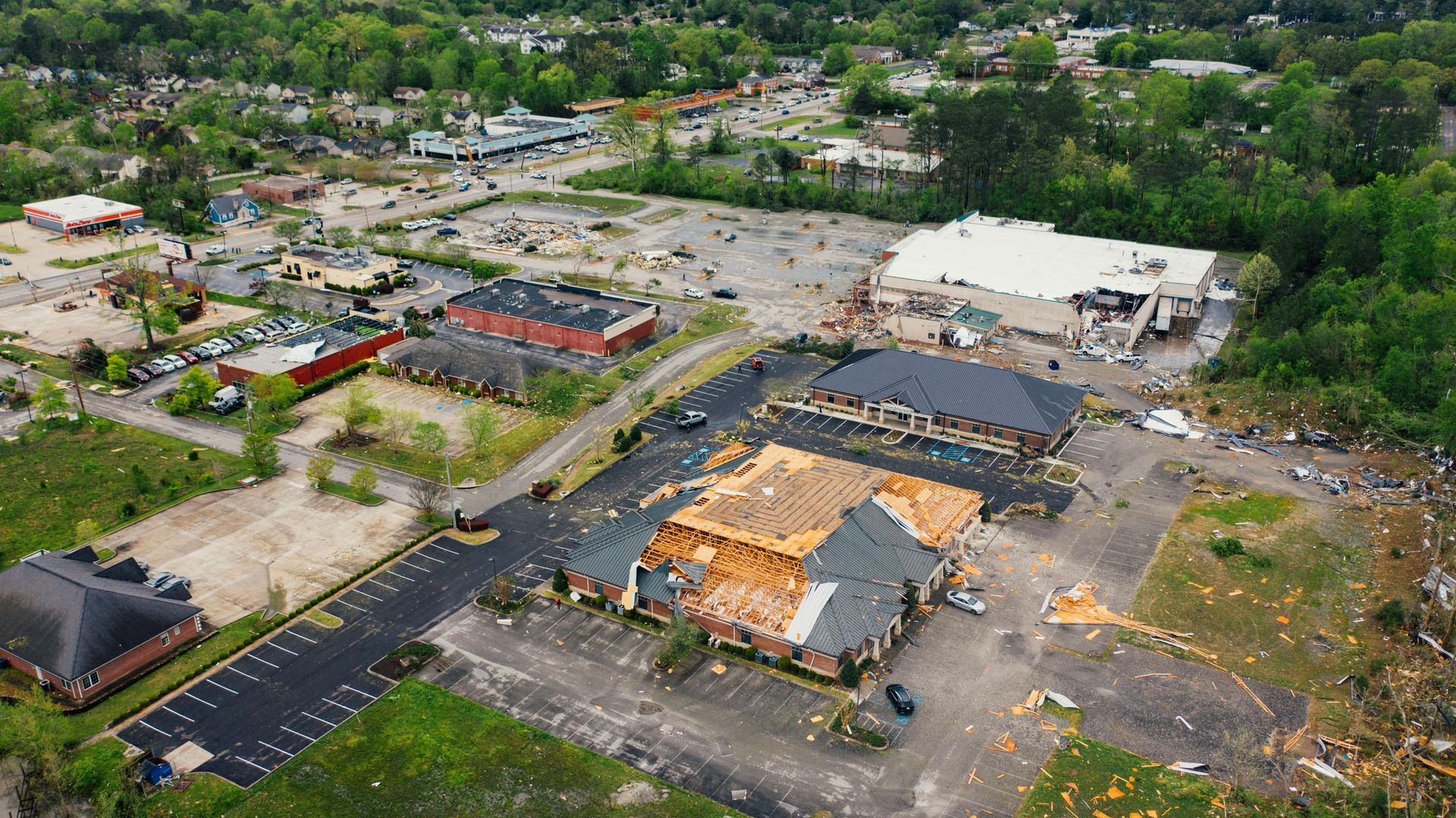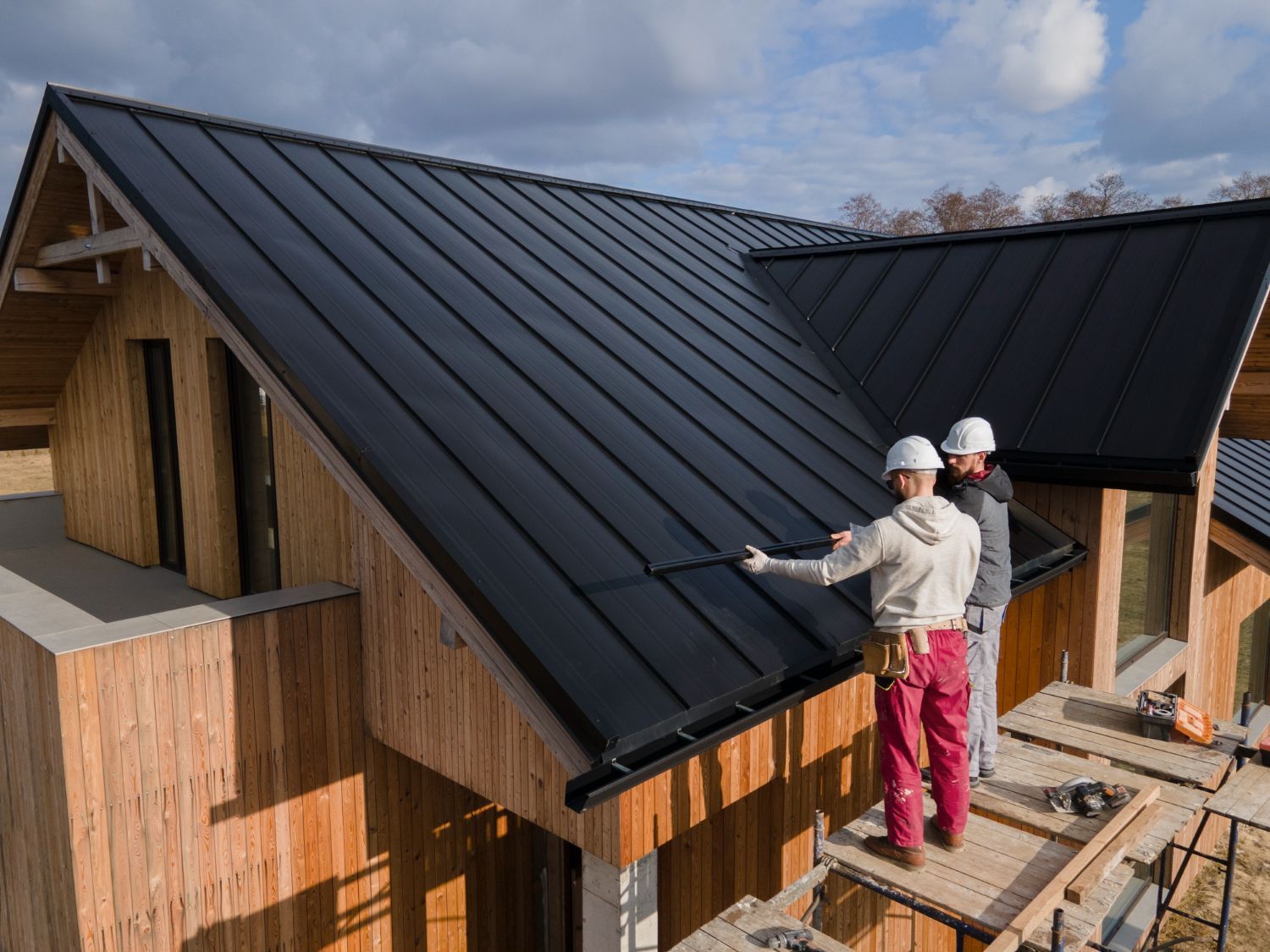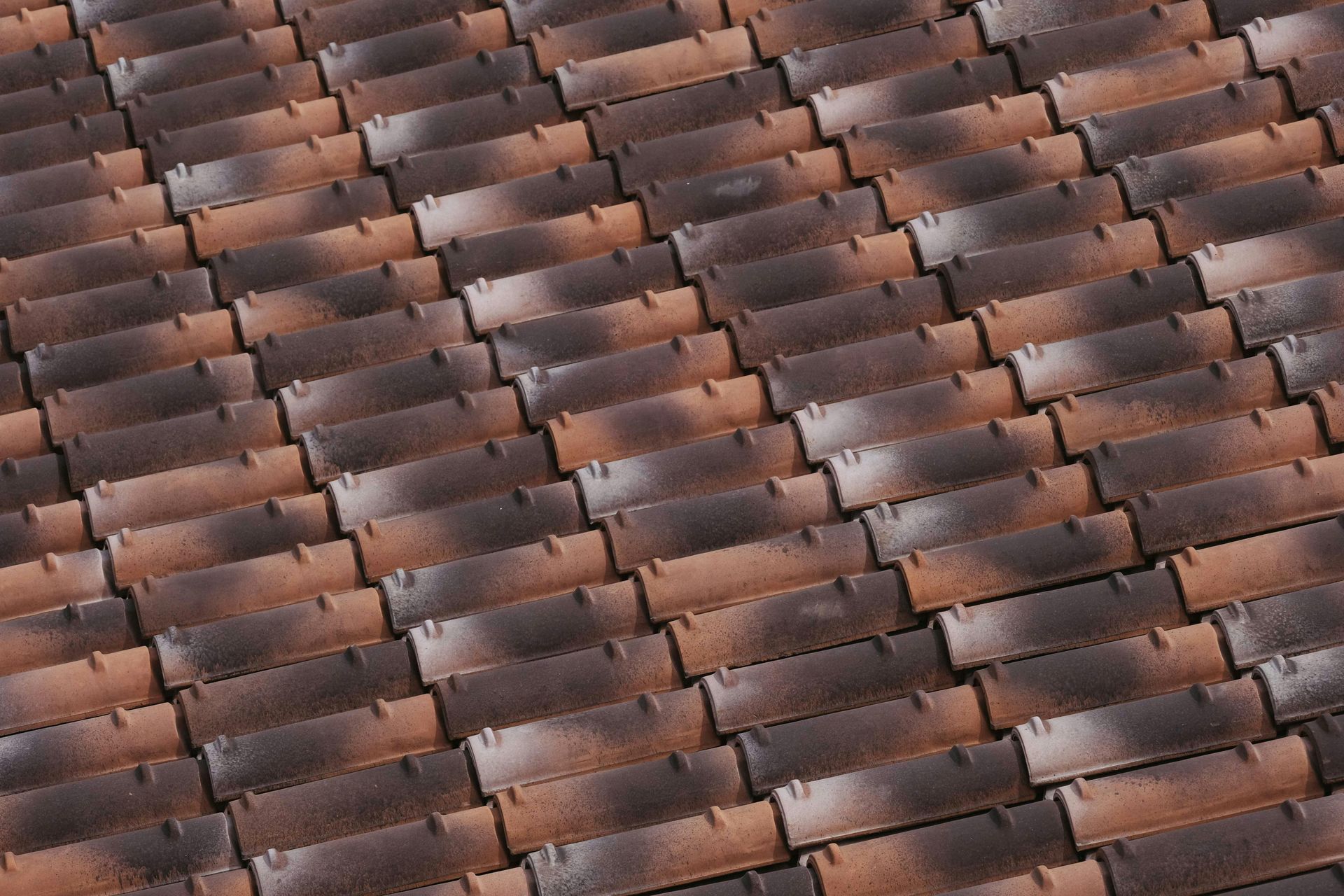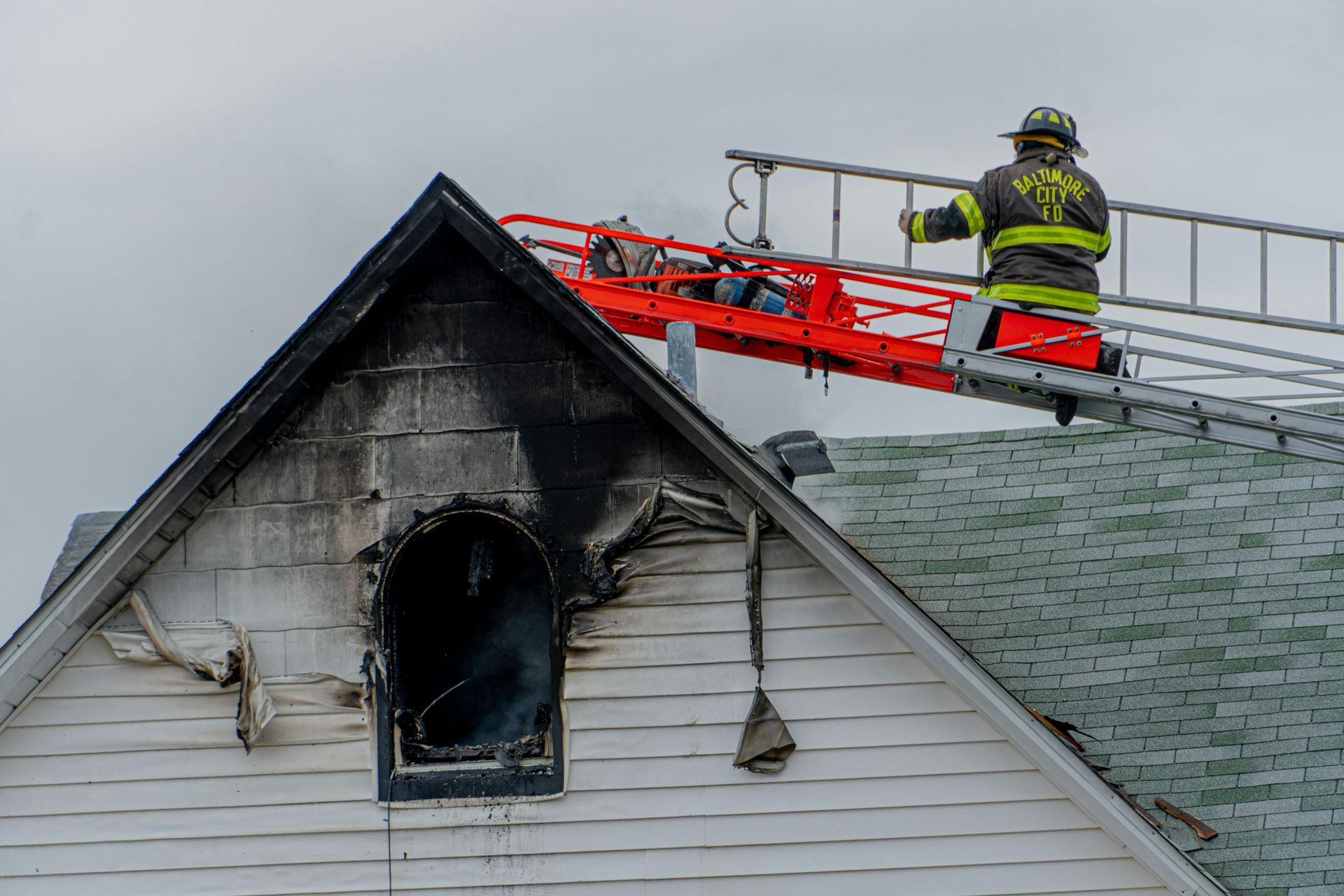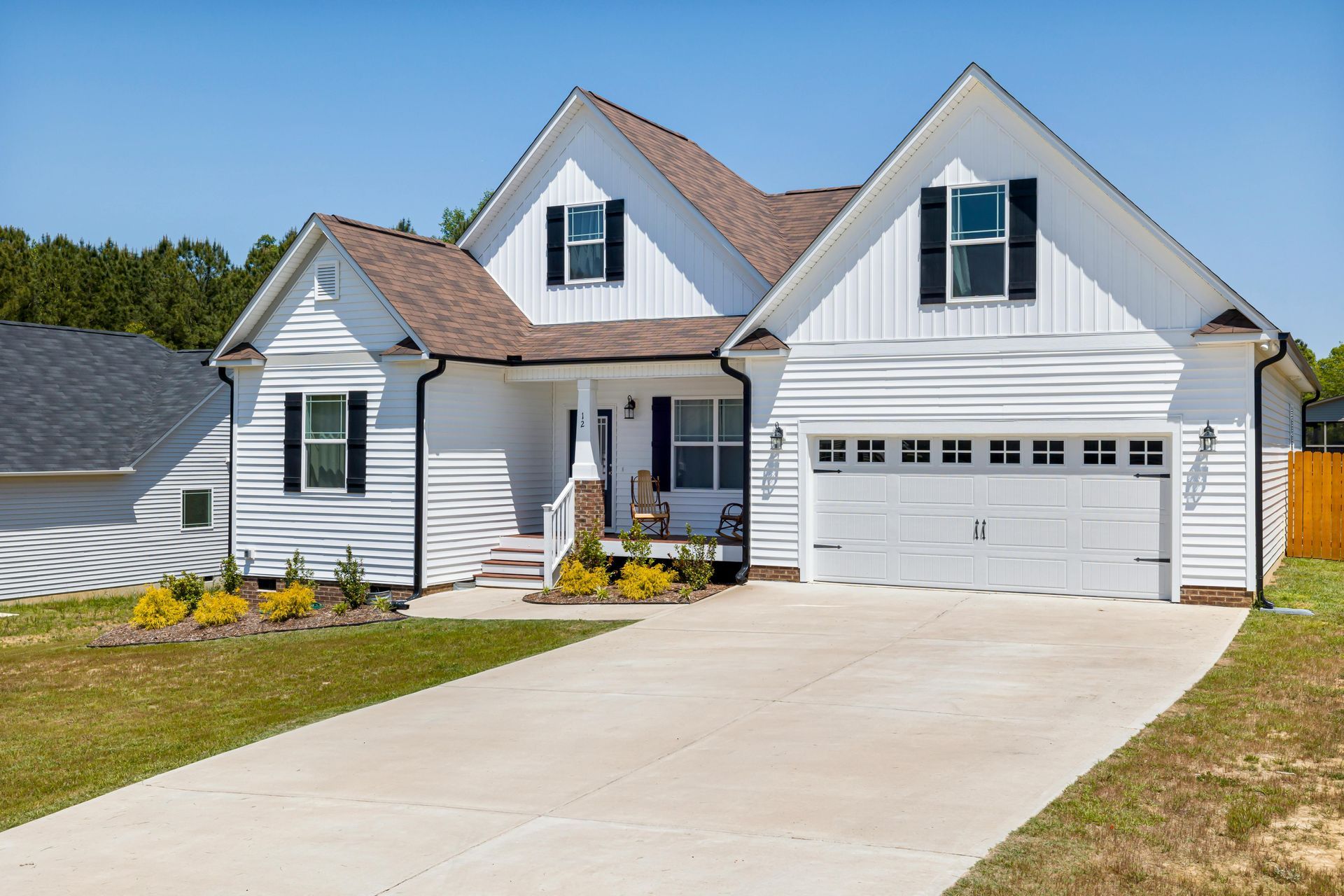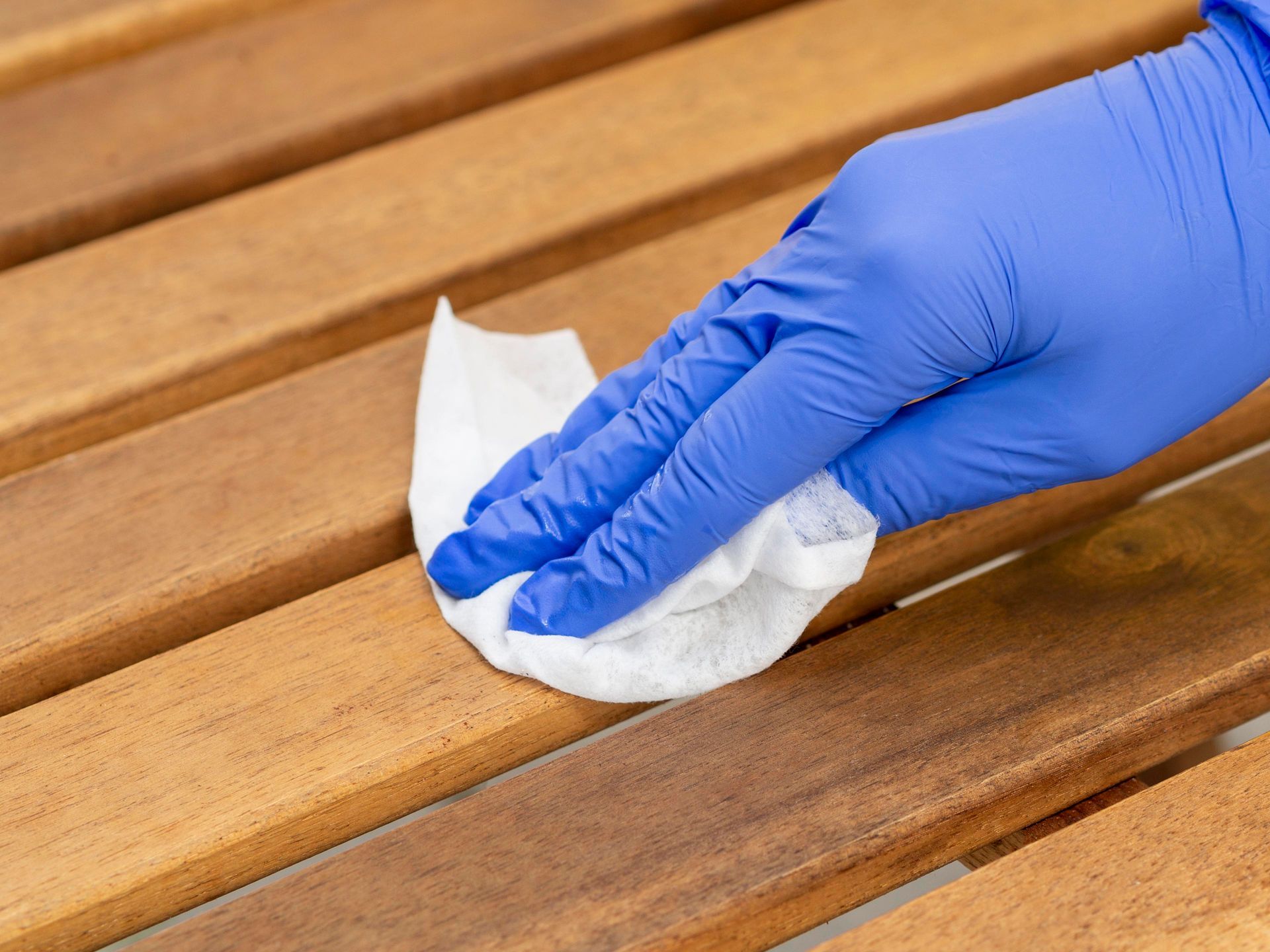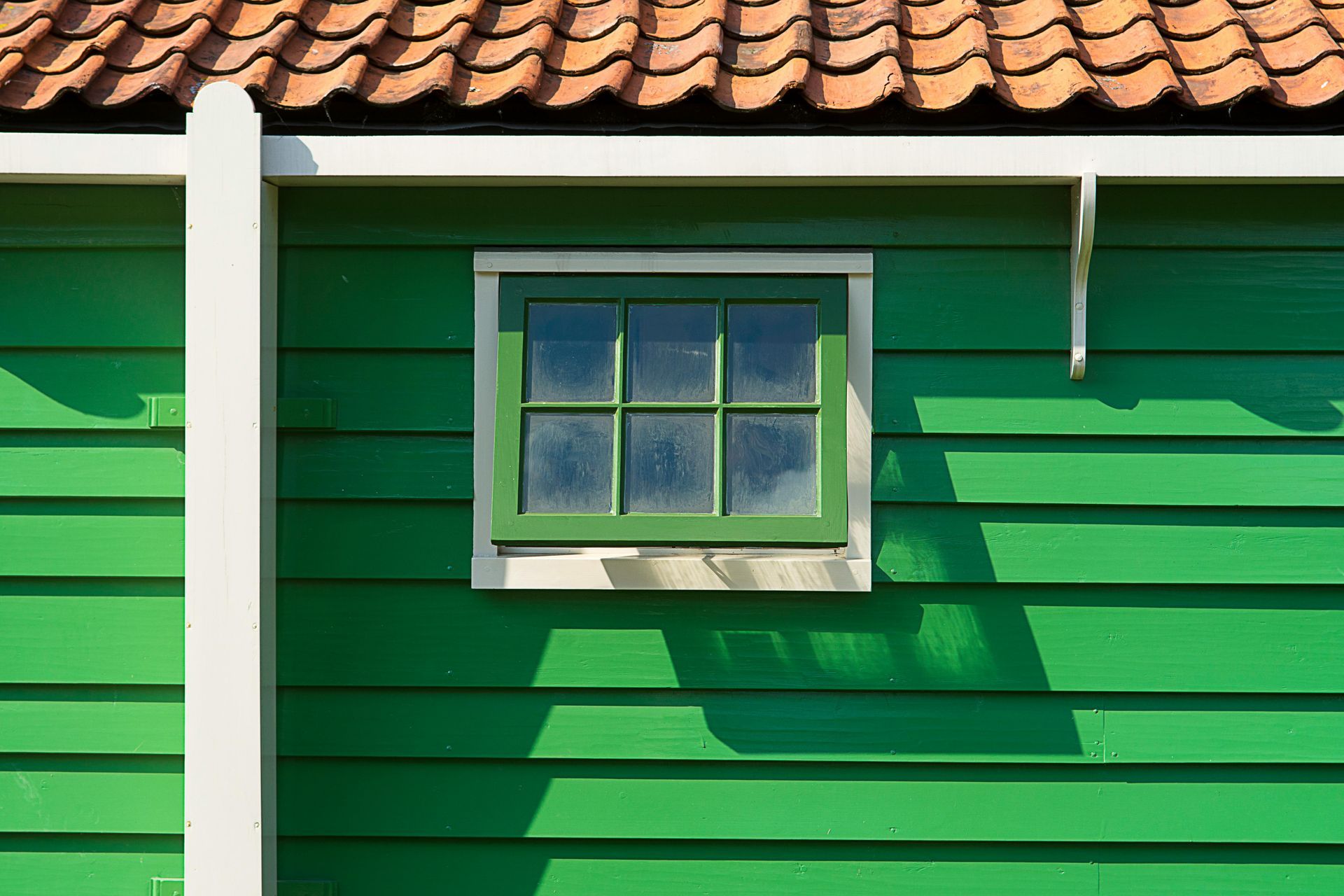Will Insurance Replace an Old Roof? What You Should Know
If your roof is getting up there in age, you might be wondering: Will my homeowners insurance cover a Pickerington roof replacement? The short answer? It depends.
Insurance companies are generally willing to pay for roof damage caused by sudden events—such as hailstorms, falling trees, or fires.
But if your roof is simply old and worn out, that’s another story. Most policies won’t cover replacements due to natural aging or neglect.
Before assuming you’ll have to foot the bill yourself, here’s what you need to know about how insurance companies determine roof coverage—and what you can do to increase your chances of approval.
Does Homeowners Insurance Cover Roof Replacement?
In most cases, insurance will cover roof damage caused by unpredictable, sudden events. These typically include:
- Windstorms and hail
- Fallen trees or debris
- Fire and lightning
- Vandalism
However, insurance generally does not cover roof replacement due to gradual wear and tear, old age, or lack of maintenance. Insurers expect homeowners to keep up with routine roof maintenance and will often deny claims for pre-existing deterioration.
According to the National Association of Insurance Commissioners (NAIC), some policies may offer only
actual cash value (ACV) coverage for older roofs, meaning you receive a depreciated payout rather than full replacement cost.

How the Age of Your Roof Affects Your Insurance Claim
The older your roof, the less likely it is to be fully covered by insurance.
- Newer roofs (under 10 years old): More likely to be fully covered if damaged.
- Mid-life roofs (10-20 years old): Insurance companies may only offer partial reimbursement, depending on depreciation.
- Older roofs (20+ years old): Many policies only cover actual cash value, meaning the payout is significantly lower than full replacement cost.
Case Study: Roof Replacement Coverage in Central Ohio
A homeowner in Columbus recently experienced hail damage to their 18-year-old roof. Because they worked with a Columbus roofing contractor to properly document the damage and submit a detailed claim, their insurance covered 70% of the replacement cost. Without this documentation, the claim likely would have been denied or significantly reduced.
What Types of Roof Damage Does Insurance Cover?
Insurance typically covers sudden and accidental damage, but not long-term wear.
Commonly Covered Roof Damage
- Storm damage – High winds, hail, or heavy rain
- Fallen trees or debris – Impact damage from trees or large branches
- Fire and vandalism – Destruction caused by unexpected events
What Insurance Won’t Cover
- Aging and deterioration – Shingles cracking, curling, or wearing down over time
- Lack of maintenance – Issues caused by neglect or ignored repairs
- Improper installation – Damage resulting from low-quality materials or poor workmanship
If you're unsure about your policy, reviewing your homeowners insurance documents or speaking with your provider can clarify what’s included.
How to Get Insurance to Pay for a Roof Replacement
If your roof has sustained damage and you’re filing a claim, taking the right steps can increase your chances of approval.
- Document the damage – Take detailed photos of affected areas and note the date of the incident.
- Schedule a professional inspection – A licensed roofing contractor, like Price Brothers Restoration, can provide a detailed assessment.
- File your claim promptly – Insurance companies often have deadlines for reporting roof damage.
- Meet with the insurance adjuster – Be present during the inspection and provide any documentation they may need.
- Consider an appeal if denied – If your claim is rejected, you can request a second inspection or provide additional evidence.
Working with an experienced roofing contractor can help ensure your claim is properly documented and supported by expert findings.
Signs It’s Time to Replace Your Roof—Even Without Insurance
Even if your insurance won’t cover a full replacement, there are still clear signs that it’s time for a new roof.
- Shingles are cracked, curling, or missing
- Leaks or water stains inside your home
- Moss or mold growth on the roof
- Granules collecting in gutters, which indicates shingle deterioration
A failing roof can lead to more costly issues down the line, including interior water damage and structural problems, so replacing it sooner rather than later can prevent further expenses.
FAQ: Will Insurance Replace an Old Roof?
Will homeowners insurance pay for a 20-year-old roof?
Most insurance companies will not fully cover a roof that is 20 years old or older. Instead, they may offer actual cash value (ACV) coverage, which means the payout is reduced based on depreciation.
How do I get insurance to cover my roof replacement?
Your best strategy is to document all damage, get a professional inspection, and file your claim as soon as possible. If the damage was caused by a covered event, you have a much better chance of getting approval.
What if my insurance company denies my roof claim?
If your claim is denied, you can appeal the decision by providing additional documentation, such as a second roofing inspection or more detailed photos.
How much does insurance pay for a roof replacement?
The payout depends on your policy. Some policies cover replacement cost value (RCV), which pays for the full cost of a new roof, while others cover actual cash value (ACV), which factors in depreciation and provides a lower payout.
Work With a Trusted Roofing Contractor in Central Ohio
Navigating an insurance claim for a roof replacement can be frustrating, but you don’t have to handle it alone. At Price Brothers Restoration, we help homeowners throughout Central Ohio with:
- Professional roof inspections
- Insurance claim assistance
- High-quality Pickerington roof repairs and replacements
If you suspect your roof has been damaged,
contact us today for a professional inspection. We’ll guide you through the insurance claims process and help ensure your home stays protected.


